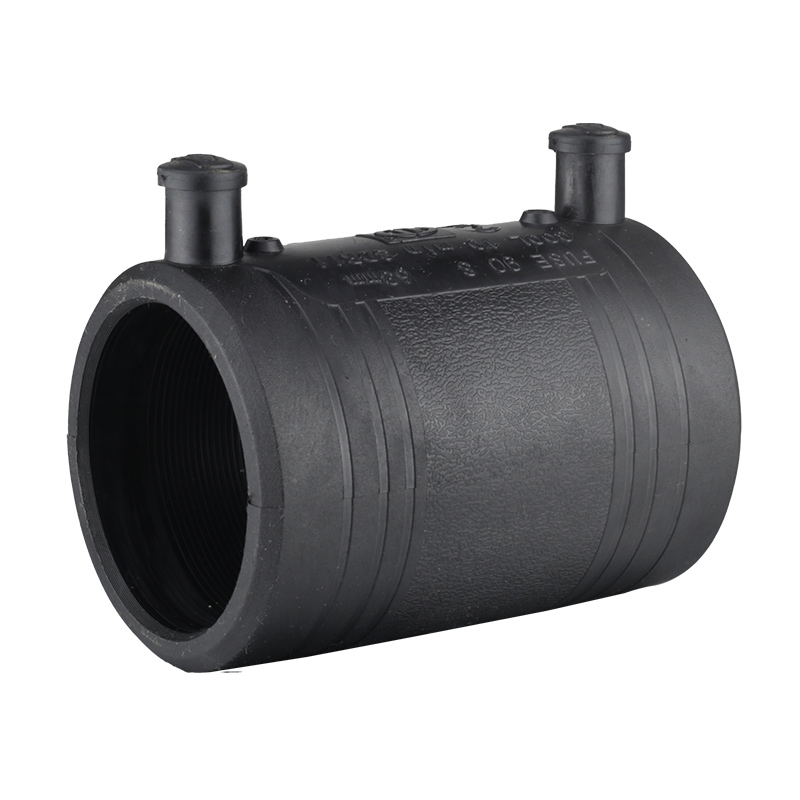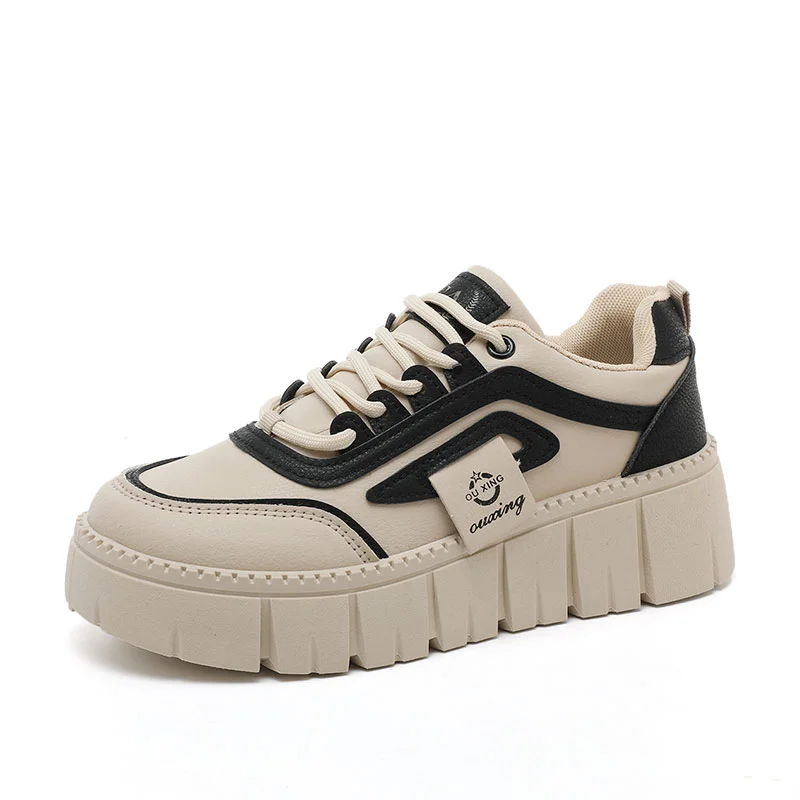In daily life and work, marking and recording information are often essential tasks. Permanent markers have become the tool of choice in many situations because of their non-fading and long-lasting properties. However, with so many brands and types on the market, how do you carefully select the permanent marker that best suits your needs? This article will explore this topic in-depth and analyze it from different dimensions to help you make a wise choice.
Permanent markers usually refer to markers that use oil-based ink or solvent-based ink. They are characterized by good adhesion to various materials, can dry quickly after writing, and form water-resistant marks on the surface of the material. Their advantage over traditional water-based pens or pencils is that they are not easily washed away by water or other liquids and remain legible on a variety of surfaces for long periods of time.
1. Learn about the different types of permanent markers
The permanent markers on the market can be roughly divided into three categories: water-based permanent markers, oil-based permanent markers, and alcohol-based permanent markers. Water-based permanent markers are suitable for writing on smooth surfaces that do not absorb ink; oil-based permanent markers are suitable for writing on a variety of materials, especially rough surfaces; and alcohol-based permanent markers are particularly suitable for marking that needs to be completed quickly because of their quick drying properties. occasion.
2. Choose the right color
Not only do permanent markers come in many types, they also come in a variety of color options. Common colors include black, blue, red, green, etc. When choosing a color, in addition to personal preference, the visibility and application scenarios of the mark should also be taken into consideration. For example, in office documents, black or blue may look more professional, while in children's activities or creative projects, bright colors such as red or green may be more popular.
3. Consider the thickness and smoothness of the ink
The ink thickness of permanent markers generally comes in a variety of specifications from fine to thick, and users should choose according to specific uses. The fine nib is suitable for fine work, such as drawing or marking small areas; the thick nib is suitable for quick writing or large-area coloring. In addition, fluency when writing cannot be ignored. A good permanent marker should ensure that the ink output is even and without interruption.

4. Pay attention to material adaptability
A good permanent marker should be able to adapt to a variety of different writing materials, including paper, plastic, metal, wood, and even cloth. It is important to understand the material compatibility in the product description before purchasing to ensure that the marker will work best on different materials.
5. Pen body design
The pen body design of the permanent marker is also an important consideration. Some pen body designs are ergonomically designed to provide a comfortable holding and writing experience. In addition, some pen body designs also have anti-slip and anti-rolling functions, which can prevent the pen from sliding or rolling during use.
6. Durability and protective properties
Considering that the ultimate purpose of permanent markers is to leave a lasting mark, durability is an important consideration. At the same time, if the use environment is harsh, such as outdoors or in humid places, it is even more important to choose a marker with waterproof and anti-UV properties.
7. Price and brand
Price and brand are also two factors to consider when choosing a permanent marker. Well-known brands often represent a guarantee of quality and credibility, but the price may be slightly higher. In contrast, some off-brand products, although affordable, may offer discounts on quality and performance. Weighing your budget and quality needs, it is wise to choose a product with a high price/performance ratio.
8. Environmental factors
As environmental awareness increases, it is becoming increasingly important to choose environmentally friendly permanent markers. These markers typically use non-toxic or low-toxic raw materials and minimize environmental impact during the production and recycling of the product.
Choosing the right permanent marker is not a casual matter. It involves comprehensive consideration of usage scenarios, material adaptability, color selection, tip thickness, smoothness, durability, price, and environmental protection. Rational consumers will make comparisons and evaluations based on these criteria to ensure that the permanent markers they purchase can meet specific needs and have good value for money. Through the above guidance and suggestions, I believe you now have enough confidence and knowledge to choose a permanent marker that suits you.
As a professional permanent marker supplier, we are committed to providing high-quality, diverse products to meet users' needs. We focus on product quality, diverse selection, user experience and customer service, and hope to be your first-choice partner for permanent markers.
mia
marketing@johnshen.com




More Stories
10 Must-Try Activities for Families at Indoor Adventure Parks
How to Select High-Performance PVC-Free Wallcovering for Eco-Friendly Renovation Projects
How High-Sensitivity Pollutant ELISA Kits Enable Reliable Detection of Endocrine Disruptors in the Environment